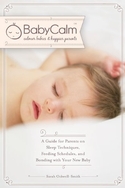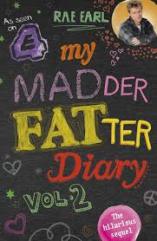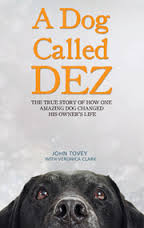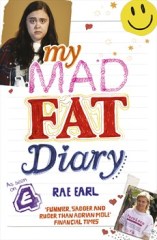Tracey Corderoy, the best-selling Children’s author behind Shifty McGifty and Slippery Sam, has given an interview in which she talks about her writing process – and gives some great tips for aspiring writers!
What comes first – plot, character or situation? For me it’s usually the character, and then I build the plot around them. Having said that, there are occasions when a publisher might ask for a particular theme and then I work outwards from that. But I always feel more comfortable when I know who my character is.
Do you ever get writer’s block? What do you do about it Sometimes you are definitely more creative than at other times, but I try not to be precious about the ‘conditions’ having to be right for me to write. I find that, when I get on with it, ideas generally come. That’s not to say that sometimes setting something aside and moving on to something else for a bit isn’t a very good thing. It’s really productive to let things rest at times; to give yourself space to sit back and consider various options. Being too hasty can sometimes mean that you might settle for something you think is good, when actually something much better is waiting just round the corner! You also get to know, over time, the situations that enhance your own creativity. For me, hoovering definitely helps ideas spring to mind, as does mulling things over in the bath. So at least I can say that when I’m being creative, my house and I are very clean as well! At what stage did you know you wanted to become an author? I always loved stories. How they take you out of where you are and allow you to experience the otherwise impossible. Although I didn’t have many books as a young child, the desire to write has always been there for me. This became a more focussed plan in 2006 when I moved into an old cottage on a hill. I should have been sorting out the place, but writing seemed a much better option, so that’s what did. I just did it spontaneously and sometimes, I think, not over-thinking things is by far the best way forward!
What was your favourite book(s) when you were a child? I had an ancient set of encyclopaedias which I often dipped in and out of. I also had the ladybird Cinderella, which I loved so much and read over and over again. I’m still captivated by fairy tales to this day. How much does your editor change what you write? What relationship do you have with your editor? It’s teamwork, and that’s how it should be, so we work on ideas together. It’s a partnership. There are things that I bring to the table but things I’m happy to learn from others. It’s fun bouncing ideas around, both for me and I hope, for my editors. But you mustn’t hold back; just get ideas out there, however ridiculous at first they might sound. It’s only when you know what you don’t want, do you discover what you really do…
Do you feel a tension between writing what you know will sell and writing what you would like to write? I never let a story go out unless I’m totally happy with it. I’m happy to edit as much as you like but what I’m left with has to excite me when completed as much as it did when the idea first came to mind. At what stage in your writing process do you use a computer? When a character/idea is evolving I tend to use my notebook. Then, when I’m happy that I really know where I’m going, I move onto the computer to start the writing. Having said that, sometimes I write the whole story (picture books I’m talking about here) in my notebook before moving onto the computer to edit and refine. So both definitely have their place for me. What control do you have over your book cover (and your illustrations)? I tend to take my cue on this from my designers /editors / illustrators as they know far more about covers than I do. I think that Sales and Marketing may be involved in the decision-making process on covers too. That said, my illustration ideas are always taken into consideration. But just like it’s a partnership between the writer and the editor, it’s the same between the writer and the illustrator. You need to enhance each other’s creative ideas.
What do you think you would be if you weren’t an author? I suppose I’d quite like the idea of being some kind of interior designer, but that’s probably because I’ve just been watching a programme on the telly! I also enjoyed being a teacher very much. Oh, and having a go at acting might be fun!
What advice would you give to an aspiring writer? Enjoy it! Love your characters and don’t be afraid to experiment and try new things. Also, write as much as you can and be open to accepting that what you wrote yesterday might not be as good as you thought it was yesterday. In others words, refine your craft by doing it; by making mistakes, by making things better, and by learning along the way!
If Tracey’s got you feeling inspired, follow this link for all information and guidelines regarding submissions.





